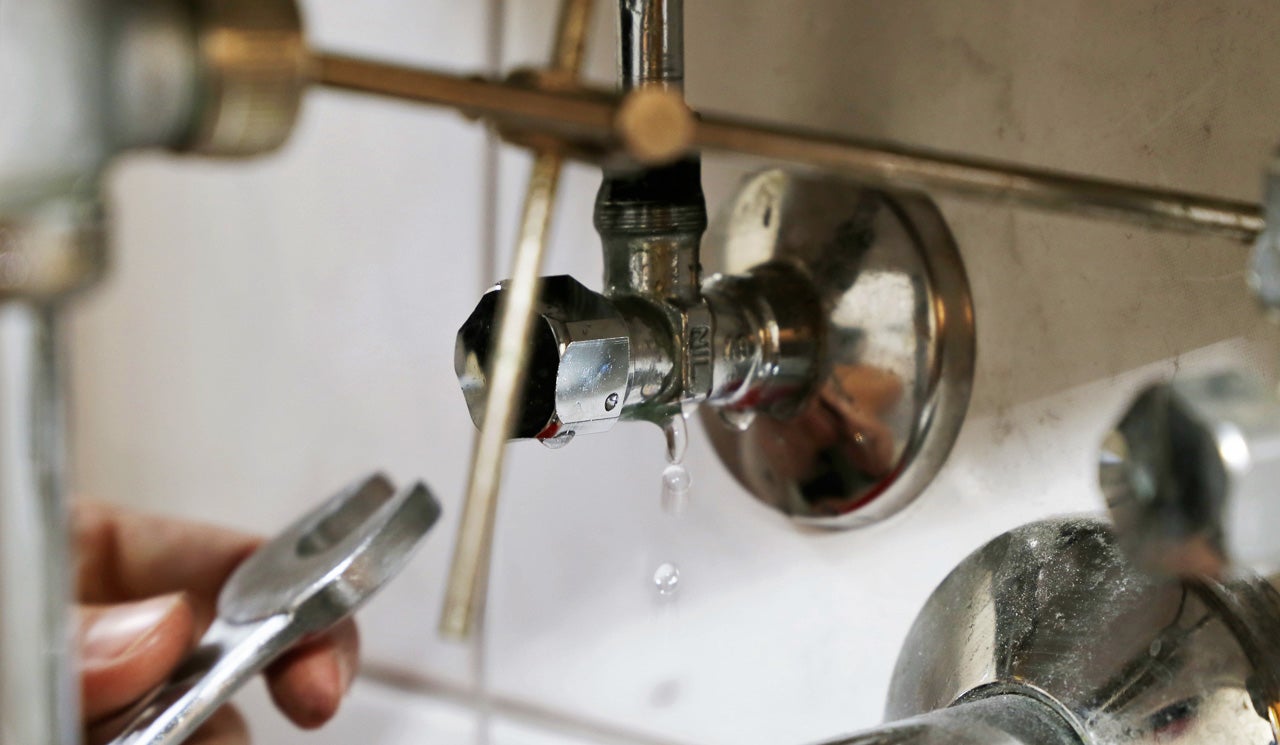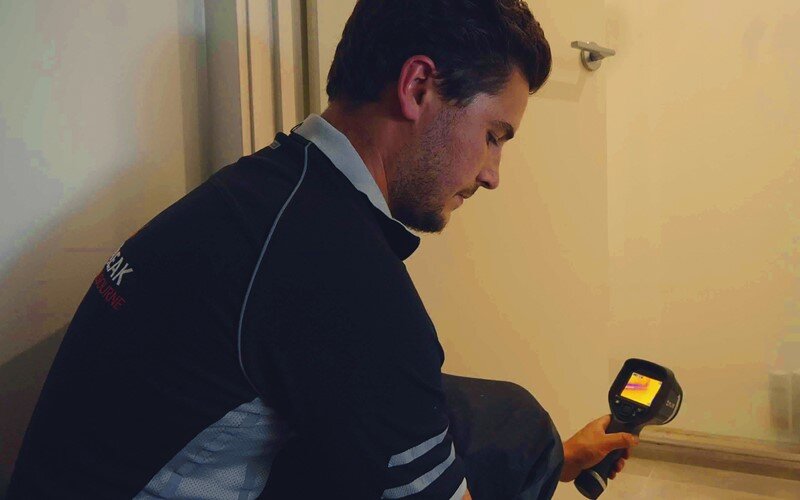How do you actually feel when it comes to Finding hidden leaks?

Early detection of leaking water lines can mitigate a prospective catastrophe. Some small water leaks may not be noticeable.
1. Examine the Water Meter
Every residence has a water meter. Checking it is a guaranteed manner in which helps you discover leaks. For starters, shut off all the water sources. Make sure no person will certainly purge, make use of the faucet, shower, run the washing machine or dishwashing machine. From there, go to the meter and also watch if it will certainly change. Since no one is using it, there ought to be no movements. If it moves, that indicates a fast-moving leak. Similarly, if you find no changes, wait a hr or 2 as well as examine back once more. This indicates you might have a slow-moving leak that might also be underground.
2. Examine Water Usage
Assess your water bills and track your water consumption. As the one paying it, you should see if there are any inconsistencies. If you detect sudden changes, despite your intake coinciding, it implies that you have leakages in your plumbing system. Bear in mind, your water expense should drop under the exact same range monthly. An unexpected spike in your bill indicates a fast-moving leakage.
A consistent rise every month, also with the exact same routines, shows you have a sluggish leakage that's also gradually escalating. Call a plumber to thoroughly examine your home, particularly if you feel a warm area on your floor with piping beneath.
3. Do a Food Coloring Test
When it comes to water usage, 30% comes from toilets. If the shade somehow infiltrates your dish throughout that time without flushing, there's a leakage in between the container and dish.
4. Asses Outside Lines
Do not forget to inspect your outdoor water lines too. Must water seep out of the connection, you have a loosened rubber gasket. One tiny leakage can throw away lots of water as well as increase your water expense.
5. Evaluate as well as Evaluate the Situation
Home owners need to make it a habit to check under the sink counters and also also inside cupboards for any bad odor or mold development. These two warnings indicate a leakage so punctual focus is called for. Doing regular evaluations, also bi-annually, can save you from a significant trouble.
Examine for discolorations and also damaging as many pipes and appliances have a life span. If you think dripping water lines in your plumbing system, don't wait for it to escalate.
Early detection of dripping water lines can mitigate a potential calamity. Some small water leakages may not be noticeable. Examining it is a guaranteed way that aids you uncover leakages. One little leakage can squander tons of water and surge your water expense.
If you believe dripping water lines in your plumbing system, do not wait for it to rise.
How to Know If Your Home Has a Hidden Leak
Water Meter Reveals Inexplicable Water Usage
If you’d like to test whether or not there’s a leak somewhere in your home, you can do this using your water meter. Here is how to conduct the test:
Don’t use any water in your home for at least 30 minutes; this also means not turning on faucets or water-using appliances.
Go outside, and check your water meter for activity.
If your water meter shows that there was activity, even though no one was using any water, this proves that there is a leak in your home.Visible Mold or Mildew Growth
Leaks behind walls create moist, dark environments that allow mold and mildew to grow and thrive. Eventually, you might see mold growth forming on the wall closest to a hidden leak.
If mold is growing in an area that receives a high amount of moisture, such as a bathroom, it may simply be an indication that better ventilation is needed. However, if you see mold growth on a wall or the ceiling in an area where you would not expect, you probably have a hidden leak.
Musty, Mildew Odor
Sometimes you might not be able to see the mold or mildew that is growing as a result of a leak. However, the smell can give the problem away just as easily. If you catch a whiff of something musty, there’s a good chance that old water is collecting somewhere in your home that you can’t see.
Stained/Warped Walls, Ceilings, or Floors
When your home soaks up water, a variety of red flags can become visible, including ceiling stains, bubbling drywall, warped walls, and sagging floors. While these issues can be caused by excess humidity, they can also be signs that a pipe or plumbing connection has started leaking behind your walls.
Inexplicably High Water Bill
After a while, you get a general sense for what your water bill should be. If you own a pool or sprinkler system, your bill will tend to be higher during summer. However, if you receive a water bill that seems especially high, and you can’t figure out what caused it, then you may have a hidden leak somewhere that’s increasing your bill.
https://www.plumbingjoint.com/blog/2019/july/how-to-know-if-your-home-has-a-hidden-leak/

We hope you enjoyed reading our post on Leaking water lines. Thanks for spending some time to read our content. Appreciated our article? Please share it. Help someone else locate it. Bless you for your time. Come back soon.